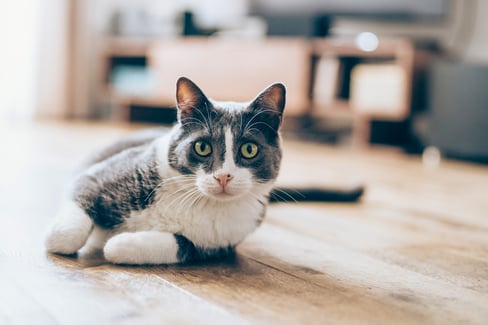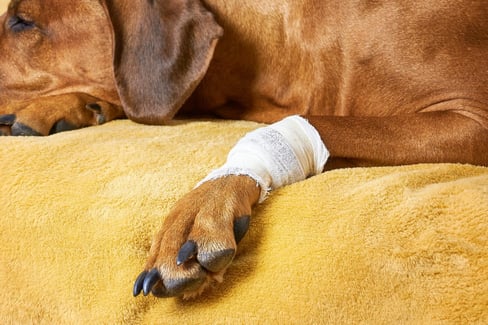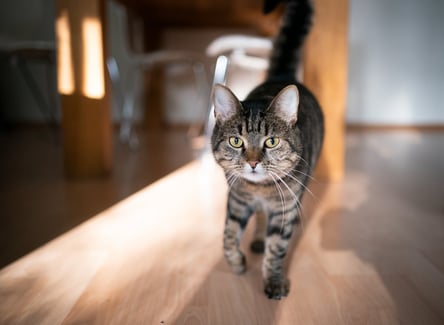Table of Contents
2. Your Cat Had An Accident
Cats are known for their gracious movements and impeccable landings, but if a cat miscalculates, they could end up with a sprained leg. Your cat can get a sprained leg if she falls from a high place like a perch or a tree.
Even though they’re cute and fun it is for us to watch, energy bursts or zoomies could also cause your cat to get injured. Your cat might not be entirely in control of how it’s moving and might get injured during these outbursts. She might bump into something, jump, and fall, or even knock down something and get hit by it.
One way to prevent her from getting hurt is to make sure there is nothing heavy in her way that could fall and crush her. Supplementing her diet can also help her protect her joints and prevent injuries.
Outdoor cats are also at risk of getting hit by a car while they are running around outside. There is not much that you can do to prevent that other than keeping your cats inside. If your cat is already used to being outside, you could consider creating a catio to ensure that she gets the enrichment that she craves.
3. Your Cat Was Attacked By Another Animal
Have you ever heard a catfight outside your house?
It’s terrifying, especially when your beloved pet is out in the dark and you don’t know if they are getting hurt or simply roaming around farther away than you can even imagine. And although it’s scary, this is part of a cat’s everyday life.
Outdoor cats are exposed to attacks by dogs, raccoons, and even squirrels. Not only are they more prone to get a disease, but they are also more likely to get soft tissue injuries such as a sprain.
If your cat got into a fight and was bitten or scratched too hard, she can get a sprained leg. This is common for cats who are considered outdoor cats, but it can also happen with other pets that are living in the same household.
To protect your furry friend, you might consider keeping your cats inside or providing them with an enclosed outdoor space that allows them to enjoy the great outside without risking their health and safety.
On the other hand, if you’ve noticed that your pets don’t get along, it’s important to understand what’s affecting their dynamic and how you can create a safe space for each one of your pets.
If nothing seems to be wrong, you might benefit from hiring an animal behaviourist that helps you identify the problem and find a solution.
Cat Sprained Leg Symptoms
Cats are professionals at acting nonchalant when they experience pain. While we may think that since cats always land on their feet they must also be indestructible to injuries, that’s not always the case.
The most obvious signs cats are hurt or unwell is usually hiding and having a decreased appetite. If your cat has a sprained leg, there are a few other signs to look out for.
Cat sprained leg symptoms include:
- Swelling or heat on the limb
- Pain when touched
- Decreased range of motion in the affected joint
- Instability of the joint
- Panting (not common behaviour for cats!)
- Bruising
- Vocalizing when using the limb
Like in humans, cat sprained legs and strains can occur in any ligament or tendon. However, cat leg sprains are most common in the following parts of the leg:
- Cruciate ligaments—Ligaments that stabilize the knee joint in each of your cat’s legs.
- Achilles tendon—Made of multiple tendons connecting several muscles in the cat’s hind limb.
- Carpal joint—Comprised of the structures responsible for maintaining the normal degree of extension at the cat’s wrist.
Cat Sprained Leg Home Treatment
While you’re probably not certified in first aid for kitties, that doesn’t mean that you can’t provide some at-home treatment for your fur baby. Basic first aid for your kitty can be just as simple as treating a sore boo-boo for your non-fur-babies.
If your cat has a minor strain or sprain, there are several options of how to treat a cat sprained leg at home before calling the vet.
Cat sprained leg home treatment options include:
- Confine your cat to a small space. Corner off high places where they might be tempted to jump to.
- Use ice packs twice a day. Ice or cold water reduces swelling, improves circulation, and promotes healing. Just be sure not to put ice directly on your cat’s skin, as it might cause frostbite or discomfort for your cat. Instead, use a cloth or other barrier, like gauze, to hold the ice pack in place.
- Try a cat leg brace. Use a cat leg brace to support the limb or wrap it in a self-adhesive bandage.
- Consider a cat supplement. Choose a product with 100% active ingredients like glucosamine and chondroitin to support your cat’s joints as they recover.
Cat Sprained Leg Recovery Time
The recovery time of a cat leg sprain depends on several factors, including the health of your cat, and how well they treat the limb during recovery.
Factors that affect cat sprained leg recovery time include:
- Age: Younger cats recover faster due to their ability to produce new tissue quickly
- Overall health: Healthier cats recover quicker from injuries
- Weight: Heavier cats exert more pressure on the limbs and slow recovery
- Diet: Balanced diets play a major role in promoting healing
- Environmental factors: Ease of accessing food and comfortable bedding aids the healing process
- The extent of the injury: Grade 2 and 3 (moderate to severe) sprains take longer to heal
The extent of the injury is usually the best factor to determine the average recovery time of a cat sprained leg and answer your question, “how long does it take for a cat sprained leg to heal.”
The chart below provides an overview of the three grades of cat leg sprains, a description, and their average recovery time.
|
Grade |
Description |
Recovery Time |
|
Grade 1 |
|
|
|
Grade 2 |
|
|
|
Grade 3 |
|
|
Sprained Leg Cat General Preventative Measures
While injuries are always prone to happen, there are some actions we can take to prevent our pets from getting hurt.
Here are four tips to help you keep your cat safe:
1. Introduce A Supplement To Your Cat’s Diet
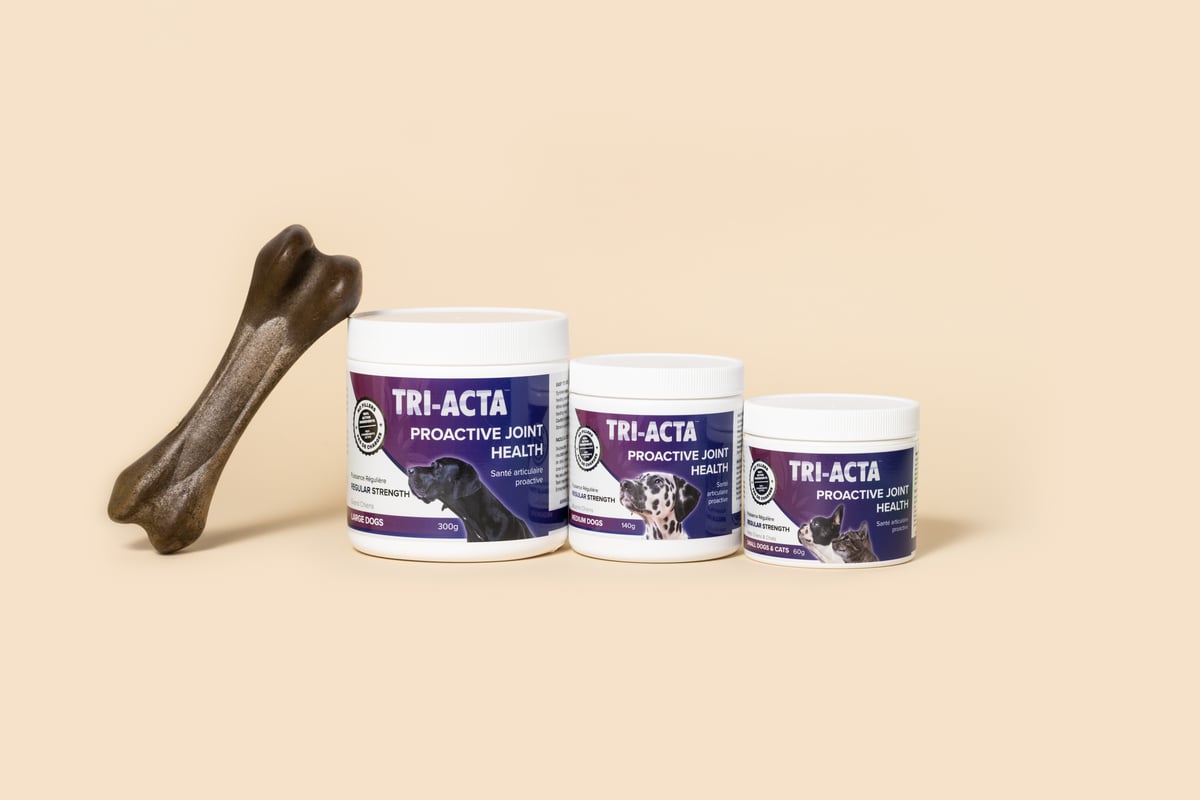
One of the best preventative measures to keep your cat healthy is introducing supplements into their diet. The right supplementation will help your cat strengthen their joints and soft tissues, which will make it harder for them to pull or over-stretch them.
At Integricare, we know how important it is to keep our pets healthy, that’s why we’ve created a premium, all-natural supplement for pets and horses.
Our TRI-ACTA supplement for small dogs and cats is ideal for cats at any stage of their life. For kittens, it will help them develop strong tissues and bones, while for elderly cats, it can help manage early symptoms of immobility.
Aside from helping you keep your pet’s optimal joint health, our TRI-ACTA supplement is designed to:
- Maintain collagen and connective tissue
- Regenerate cartilage
- Improve mobility
- Minimize inflammation
Because we are committed to the quality of our product and, most importantly, to the health of your pet, we only use active ingredients in our TRI-ACTA formula, which includes:
- Glucosamine: to help your cat produce new cartilage and provide nutrients that promote healthy joint tissue.
- Chondroitin: to keep your cat’s cartilage from breaking.
- MSM: to help reduce pain and inflammation.
TRI-ACTA is a powder supplement you give your pets once a day with a meal. We use two types of glucosamine to ensure they get the best absorption and all the necessary nutrients to keep your pet healthy and strong.
If you want to give your pet every advantage, try our TRI-ACTA H.A. supplement, which has all of our original ingredients plus Hyaluronic Acid. Hyaluronic Acid improves the viscosity of the Synovial fluid—which is found in the joints and helps with lubrication—and provides maximum joint protection and better results.
2. Make Sure That Your Cat Keeps A Healthy Weight
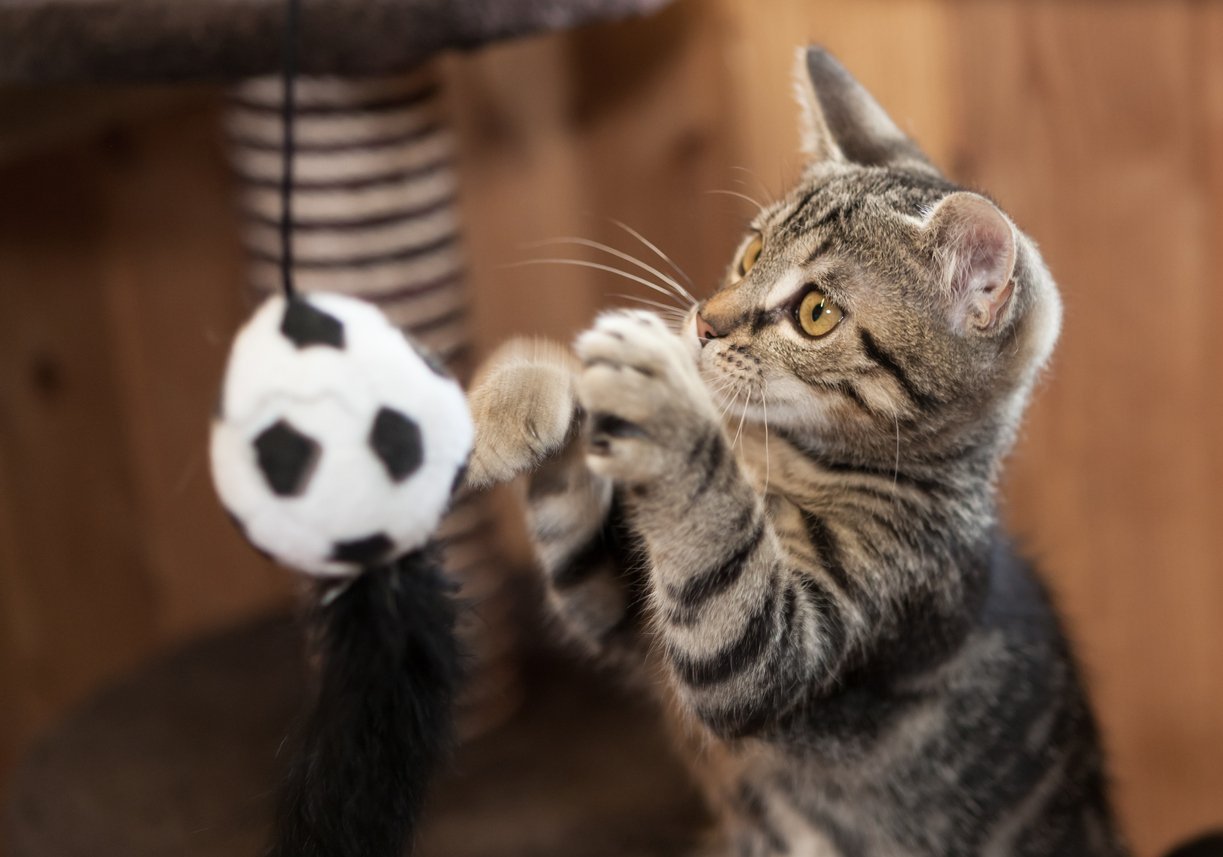
As we mentioned before, obesity is a dangerous condition for your cat. Not only does it make her more prone to get injured, but also can aid in the development of severe health conditions such as diabetes, arthritis, and even cancer.
To keep your cat on a healthy weight, follow these recommendations:
- Feed your cat according to your vet’s recommendations or following the portions described by your food provider.
- For indoor cats, don’t leave their food out and let them decide how much they want to eat (indoor cats are likely to eat out of boredom).
- When you give your cat treats don’t exceed the recommended amount and count them into her caloric intake.
- Stick to cat food instead of giving her scrapes of whatever you are eating.
- Play with your cat for at least 10 to 15 minutes every day to help her release all the energy that they built up.
But what if your cat is already overweight?
Don’t panic just yet! Sure, this isn’t ideal, but you can always create a plan to reduce your cat’s weight. Here are some quick tips for you:
- Get your vet involved in your cat’s weight reduction process. This is a must because if you stop giving your cat as much food, without the proper precautions taken, it can develop a dangerous liver disease called hepatic lipidosis.
- Encourage your cat to play with you for at least 5 to 10 minutes a day. If your cat is obese, she might not be super motivated to chase after a toy, but with time and patience, you might find that they start to get more interested in playing with you.
- Invest in feeding balls to make your cat chase her food.
3. Create A Safe Space For Your Cat To Play And Release Energy
Cats are adventurous creatures. They jump, climb, and run around your house, dropping and breaking things that are in their way. This can be dangerous, especially if they manage to knock down something heavy on top of themselves.
As cat behaviourist, Jackson Galaxy says, “you must catify to satisfy” to protect your furry friend. What that means is that your home should have enough safe spaces for your cat to jump around without getting hurt (or breaking your grandmother’s china).
Provide enough place for your cat to explore vertically. Shelves, climbing poles, cat trees, and even ropes are fun choices for your cat to jump around the room and feel like she has a space to call her own.
Another important part of your cat’s enrichment is to have enough toys for her to play with. But remember, nothing is ever as exciting as playing with you, so make sure that you carve 10 to 15 minutes of your time to play with a fish-pole toy or a laser and have fun watching your cat chasing it around.
This is also the perfect moment to bond with your pet.
Appeal to the hunter in your cat and play mouse or bird to make sure that your cat can be true to her instincts in a safe space to prevent injuries.
Hide behind the couch, make the toy fly around the room, or slide across the floor. It’s supposed to be fun for the two of you!
4. Consider Keeping Your Cat Indoors Or Build A Catio
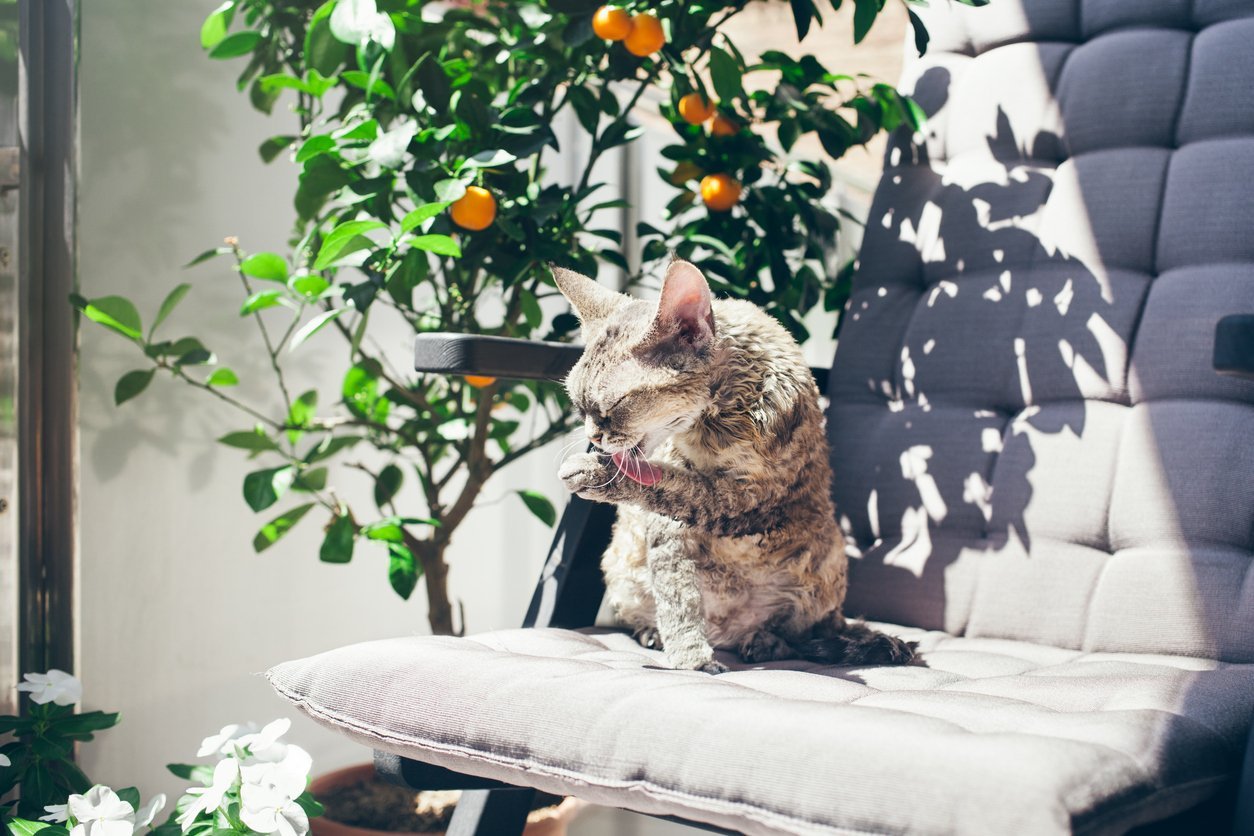
Cats that are allowed to go outside freely are in more danger of getting hit by a car, attacked by an animal, and catching diseases. Indoor cats live up to three times longer than outdoor cats.
With that said, cats that stay indoor cats are more likely to get bored, destroy your house, and get hurt in the process.
Catio is the link to getting the best of both worlds.
It’s a great way to allow your kitten to interact with the outside world without risking their safety.
But what exactly is a Catio, and how can you get one?
Catio — an outdoor, enclosed space where your cat can go out and hang out to get the enrichment from being outside without risking their safety.
Catios vary in size and form and they can go from a box outside your window to a full-on patio with different levels and toys to enrich your cat’s life.
Besides being a great option to entertain your cat, isn’t it adorable to see her fascinated by her environment?
Another important function of catios is to preserve the wildlife of your neighbourhood. Cats are natural hunters, and they might cause more harm to their surroundings than we are aware of.
And do you really need another half-dead mouse running around in your kitchen?
Yeah, me neither.
How To Treat A Cat Sprained Leg
If your cat limps for more than two days, it’s crucial to take her to the veterinarian for a proper diagnosis and recovery plan for how to treat cat sprained legs.
Your vet will be able to assess the injury and determine what is the best course of action to get your cat healthy again.
With that said, your vet will probably recommend one of the following:
- Rest – Keeping your cat inside the house for as long as it takes for them to recover. If the injury is too severe, you might have to contain them in a room or a crate until their injury is healed.
- Medicine – Your vet might recommend non-steroidal anti-inflammatory meds to help manage your cat’s pain. Remember there are NO safe over-the-counter medications for cats, so don’t give your furry friend anything that you would take.
- Splinting – If your cat’s injury is severe, then your vet might opt to split your cat’s sprained leg. If that’s the case, then you’ll want to keep the splint dry and clean.
- Surgery – If your cat has a third-grade sprain, then her ligament is completely torn and she will need surgery to repair it. Keep in mind that while your cat will be able to use her leg again, she might experience some mobility constraints after the surgery.
- Supplements – Your vet might suggest you giving a supplement to your cat to help her recover more quickly. Remember that our TRI-ACTA H.A. formula is designed to help strengthen your cat’s joints and tissue.
Conclusion: Prevent Your Cat From Sprained Legs
Having your cat sprain a leg can be an extremely painful and stressful experience for both of you.
What’s even worse, a sprained leg can even affect your cat’s mobility if it’s severe enough. Not to mention the expensive visits to the vet and the impending need for surgery. There are many reasons why we want to prevent our pets from getting injured.
And while there is no way to make your cat 100% injury-proof, there are still some ways to avoid finding yourself in that situation.
To prevent your cat from getting injured you can take measures such as making sure that they have the right supplementation, helping your cat maintain a healthy weight, providing a safe space to release their energy, as well as creating a fun environment to interact with the outside.
By adding TRI-ACTA or TRI-ACTA H.A. to your cat’s diet you can help them have healthy joints and bones and avoid having to deal with injuries.
Learn more about how TRI-ACTA helps your cat as she ages and reduces joint deterioration.

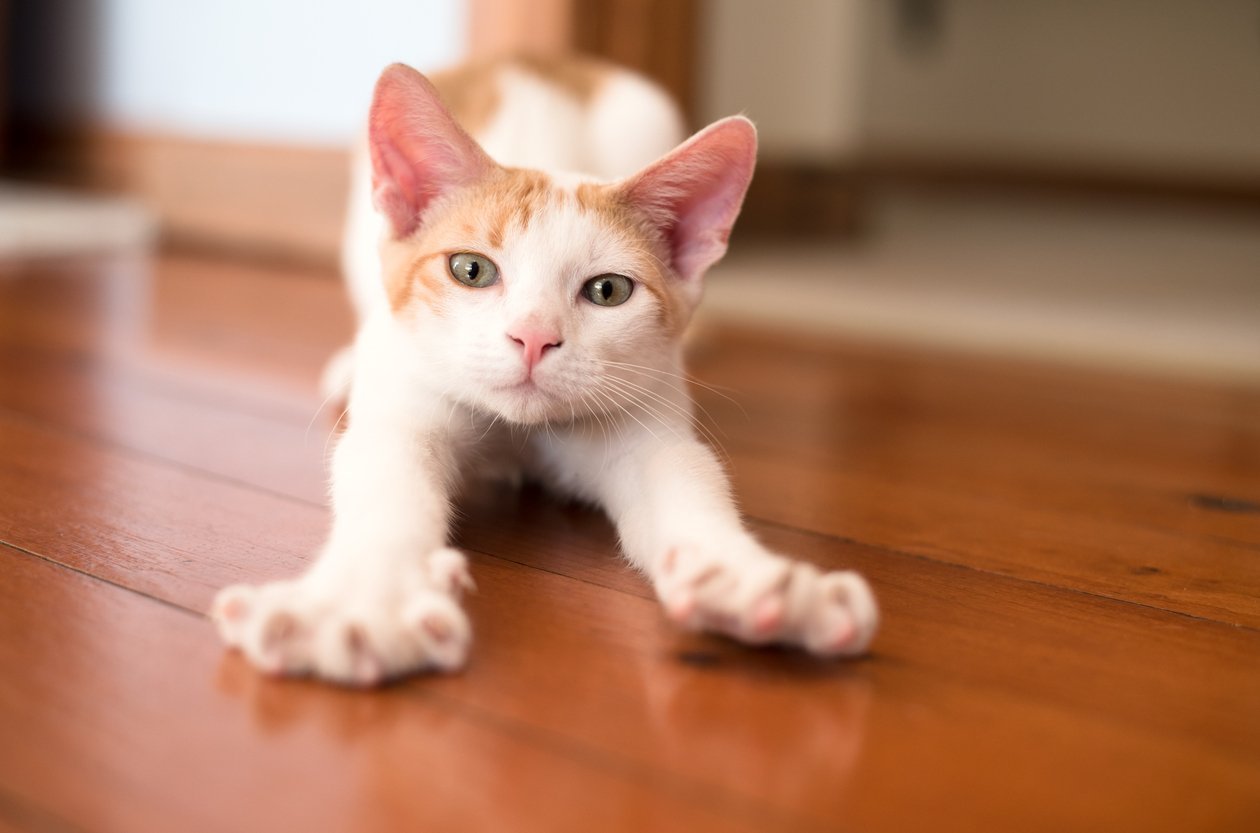

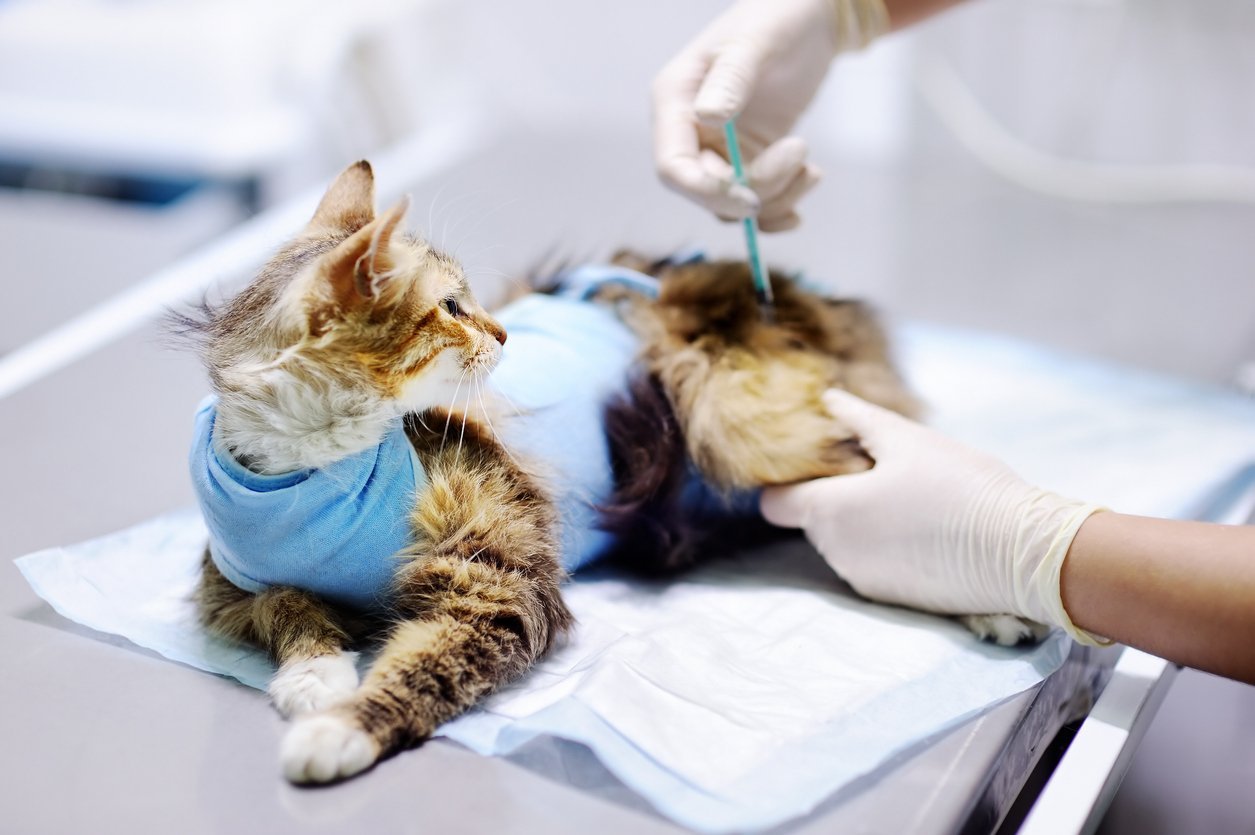
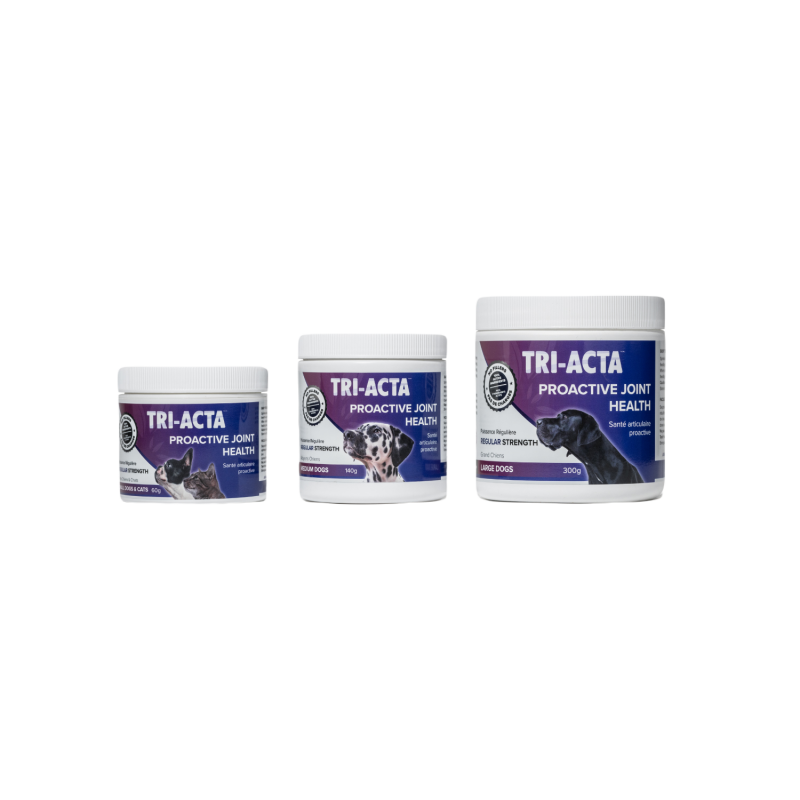

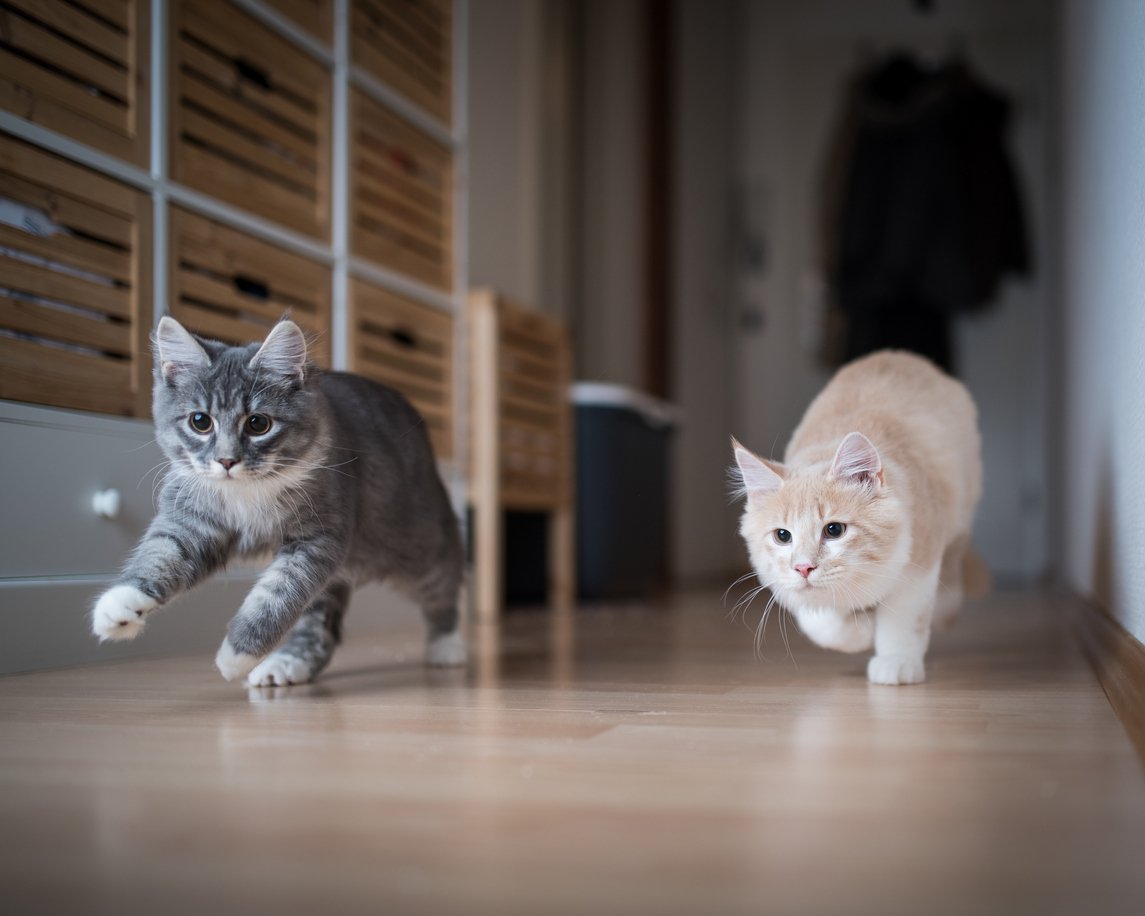
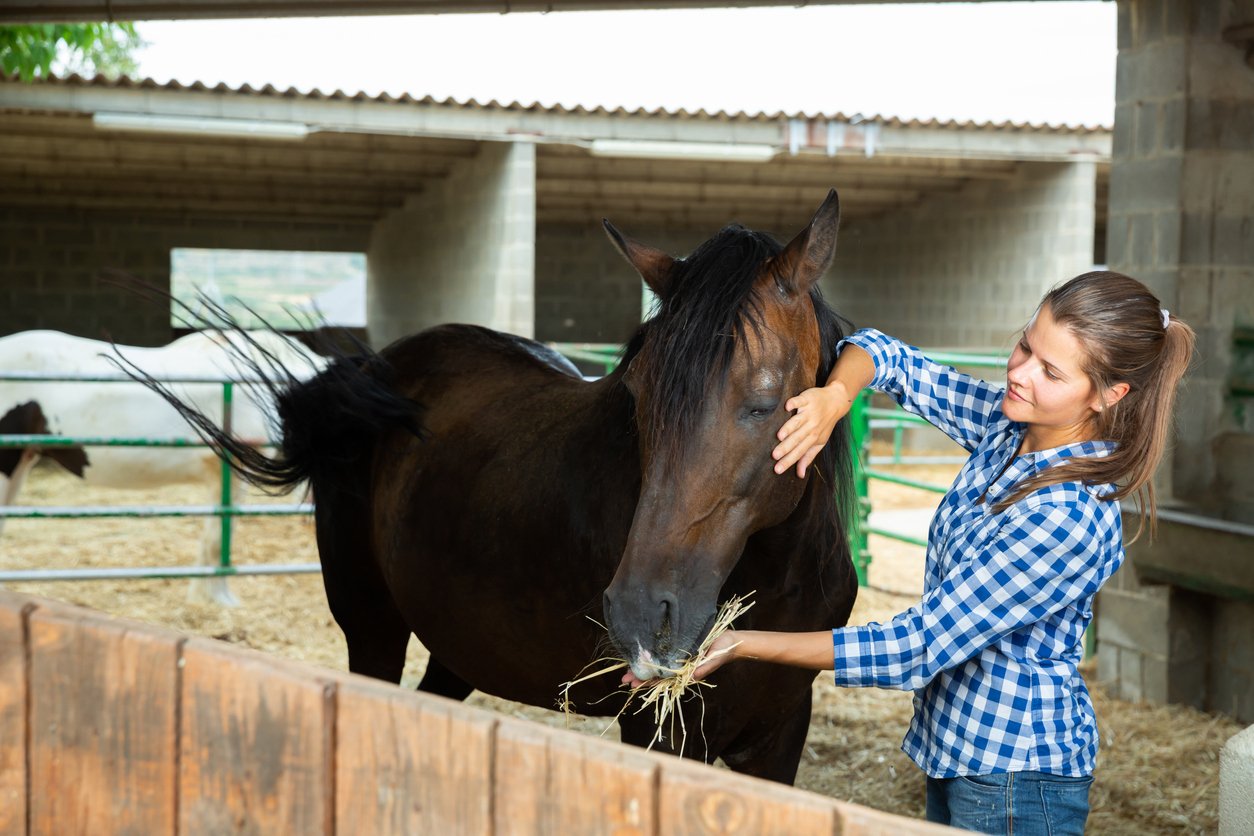



.jpg?height=2000&name=Cliick_Integricare-DISPLAY-REVISEDV2%20(1).jpg)
